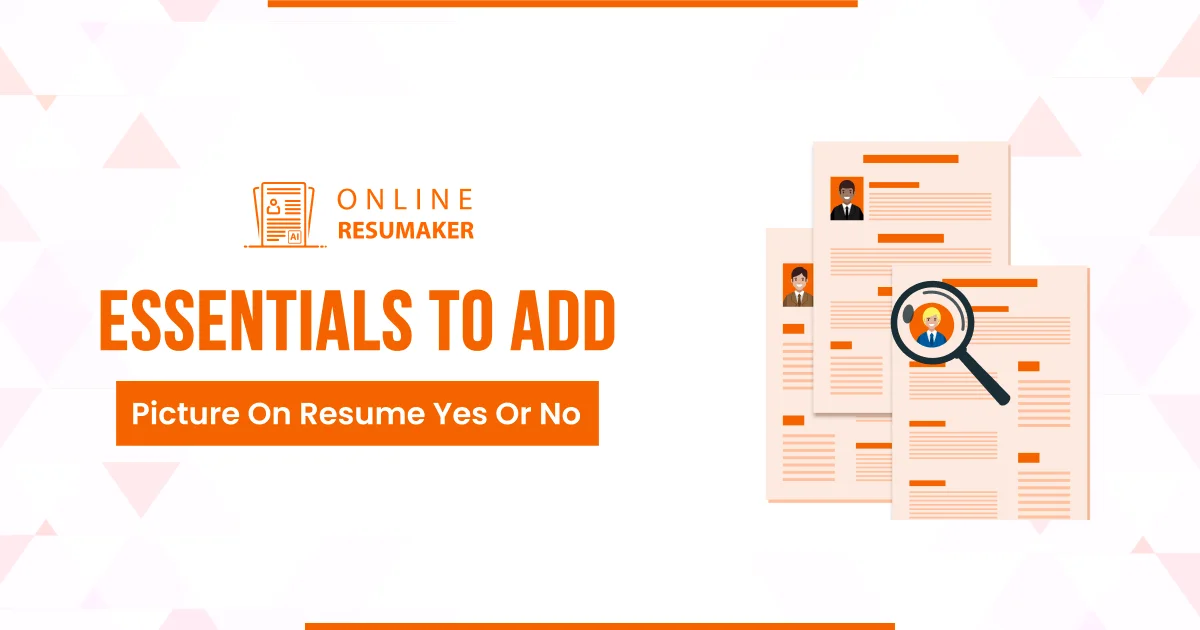In Today's Professional World, Freelance work has become a valuable asset that can significantly contribute to the strength of your resume.
Showing your freelance experience on your resume will help you compete in the job market, regardless of whether you are an experienced freelancer or are progressing into this field for the first time.
To learn how to add freelancing work on your resume, we have made a comprehensive guide for you.
Understanding Freelance Work
Businesses of all shapes and sizes can hire freelancers for various projects or tasks, but who is a freelancer?
A freelancer usually has advanced knowledge and abilities in a particular field. They are responsible for their contributions because a particular company hires them for a set time and on specific tasks or projects.
Showing Freelance Achievements on Your Resume
The short answer is that there are numerous reasons why you should include freelance experience on your resume.
Adding Freelance work may have some benefits:
It demonstrates inventiveness across several industries, which helps clients see your adaptability and that you can produce work of the same quality in various niches.
It shows that you can succeed outside of the traditional workplace.
Listing your prior freelancing work proves that you can satisfy the demands of your previous clients.
How To List Them In Your Resume
#1- Assigning Job Titles:
Present your freelancing experience on your resume with the same commitment as any other work entry in the experience section.
Assign yourself an accurate job title corresponding to the work undertaken for each client.
The only variation lies in adding "Contract," "Consultant," or "Freelance" alongside the job title.
#2- Adding Company Names
Including the names of the businesses you have worked with lends more legitimacy to your previous projects in the eyes of prospective customers.
- Your previous clients can also serve as an industry reference for your work.
- However, irrelevant freelance work should be removed from your resume.
#3- Add Work Duration
List down your experience with help of reverse chronological resume .Provide a list of the dates you worked as a freelancer. It will help prospective clients to understand your experience and expertise in a particular field.
Your freelancing work's beginning and end dates can also help your work experience section by highlighting loyal or long-term clients.
#4- Mention Brief Overview of Work
To impress your potential client, give a brief explanation of the work you have done. You can even quantify your results if you want to go further.
#5- Use Bullet Points
Your freelancing entries should have a bullet list. On the other hand, if you work as a freelancer, your bullet list should include all significant projects, clients, achievements, skills, and favorable outcomes. Highlight these things in positive buzzwords and phrases to grab attention of the hiring manager.

FAQs
Q1: Is freelance work considered "real" work?
Freelance work is just as valuable as any other type of work experience. It demonstrates your initiative, self-discipline, and ability to manage your time and workload.
Q2: What is the role of a freelancer in a resume?
Areas that freelancers cover are photography, writing, editing, programming, web design, and graphic design.
Q3: How can I describe myself in one line as a freelancer?
"I am passionate about my work, which helps me bring my best to the role. In my previous job, my passion motivated me daily to learn new skills and help the company grow."
Q4: What is a LinkedIn summary for a freelancer?
Your LinkedIn summary should include your years of experience in your industry, area of expertise, types of organizations you've worked with, skills, and what you're most known for professionally.










